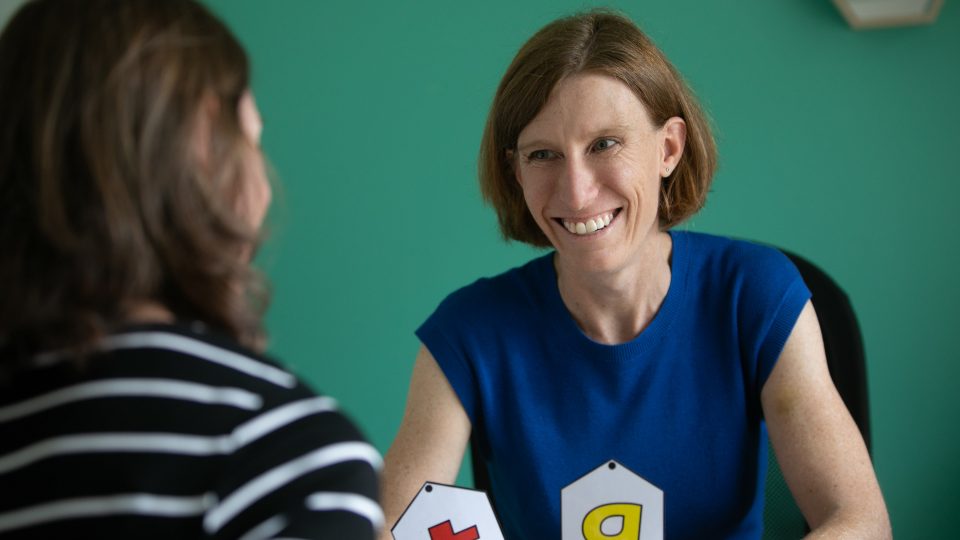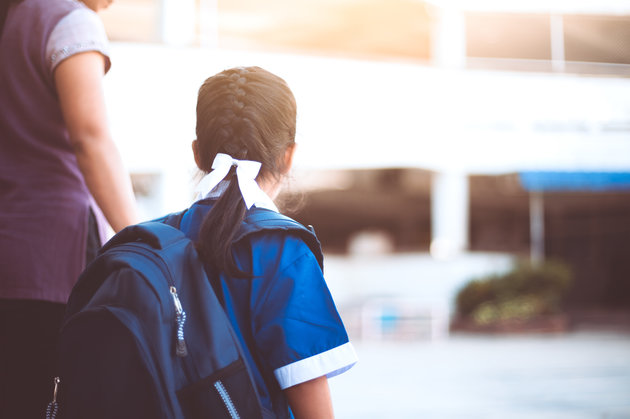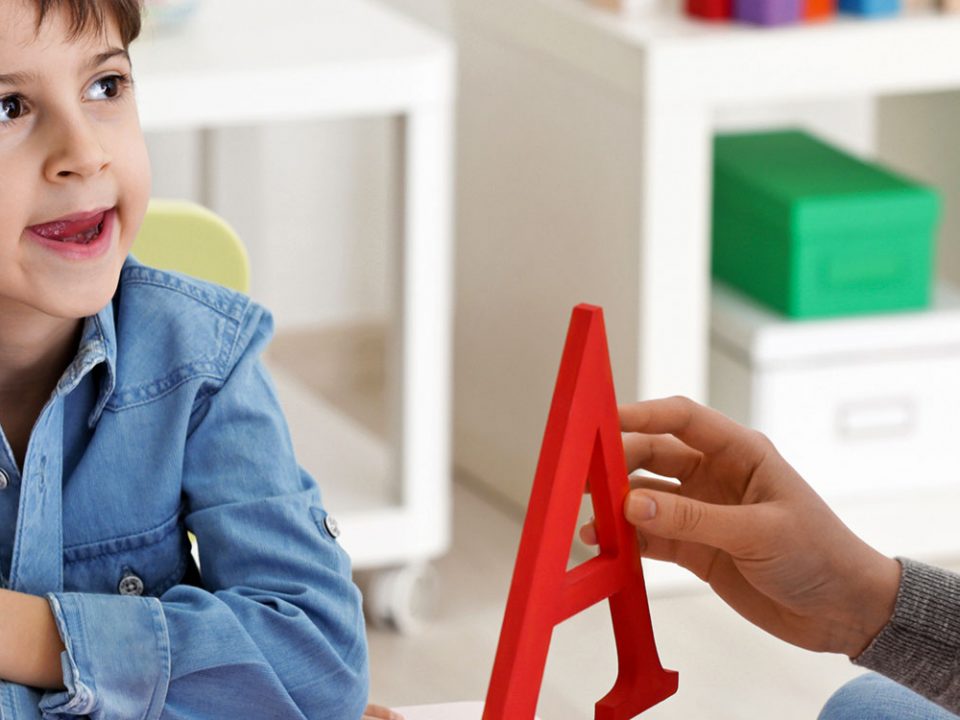
We focus on combining communication goals with academic & social goals.
Our aim is to provide functional goals, this means for Little Ones through to Young People.
Little One
Language Goals
Vocabulary
- Increase vocabulary size, use of verbs for specific actions (sweep, slide, bend, fold etc.) and pronoun use (He/ she/ her/ him)
- Increase understanding and use of basic concept vocabulary
- Target the use of the verb ‘to be’ in sentences in activities and everyday conversation (e.g. The girl is sitting)
Sentences
- Increase sentence length & complexity.
- Increase use of a variety of sentence types (questions, negatives, conjoined, and embedded, passives, etc)
- Express a message so that others can understand and in a step-by-step retell.
Understanding
- Increase ability to listen to directions with multiple details & levels.
- Increase understanding and use of prepositions (e.g. between, under, on top of).
Goals for School Readiness include:
- Uses and understands areas in language:
- Using more than 5 words in a sentence
- Using more complicated sentences, e.g. irregular past tense ‘ran’, ‘came’, ‘went’
- Asks and Answers WH questions
- Classification skills and reasoning ability are developing.
We focus on combining communication goals with academic & social goals:
- Integrate classroom and curricular objectives
- Help them understand and use basic language concepts
- Support reading and writing
- Increase understanding of classroom lessons and texts
Young People
Goals for improvement in:
- Words and meanings to convey ideas (spoken and written expression)
- Comparing and contrasting words and classifying them by a class (category or function)
- Use of grammar, sentence structure and vocabulary at the sentence level in verbal sentences
- Constructing sentences with both simple and complex linking words, in a variety of contexts
- Follow instructions of increasing complex directions
- Have a picture in their mind of the correct, or, intact illustration
- Determine what is wrong or missing
- Determine when something is incorrect or a problem
- Indicate in some way that a problem exists
- Increase ability to listen to directions with multiple details & levels
- Increase understanding and use of prepositions (e.g. between, under, on top of)
Goals for School Readiness include:
- Uses and understands areas in language:
- Using more than 5 words in a sentence
- Using more complicated sentences, e.g. irregular past tense ‘ran’, ‘came’, ‘went’
- Asks and Answers WH questions
- Classification skills and reasoning ability are developing.
We focus on combining communication goals with academic & social goals:
- Integrate classroom and curricular objectives
- Help them understand and use basic language concepts
- Support reading and writing
- Increase understanding of classroom lessons and texts



